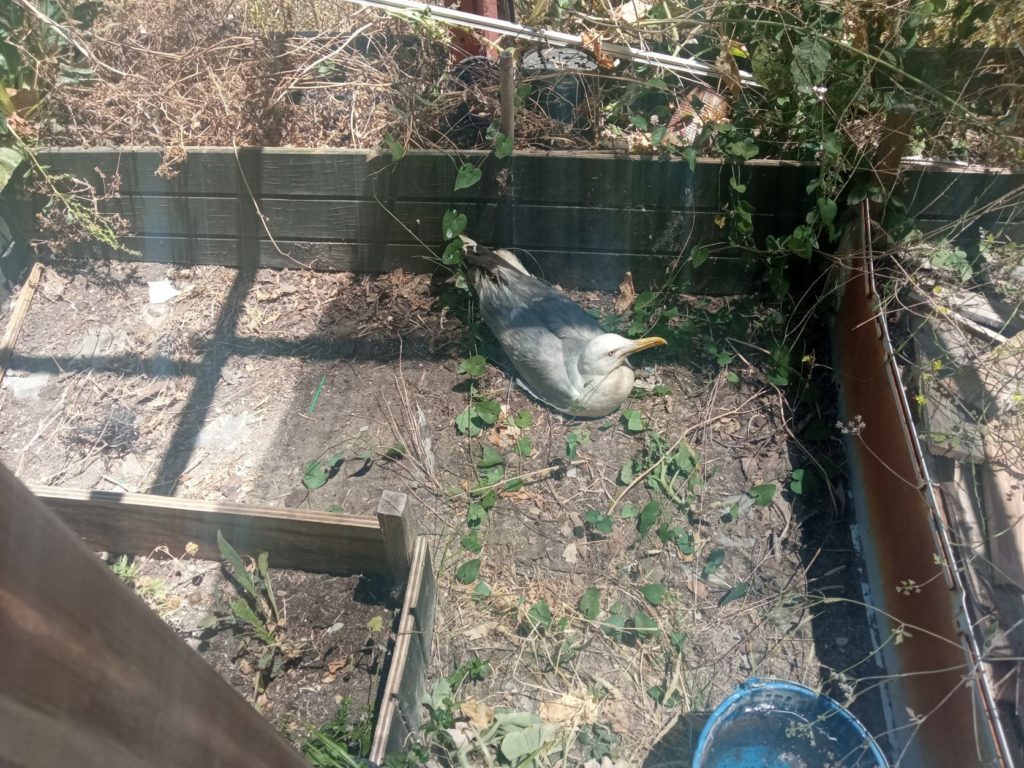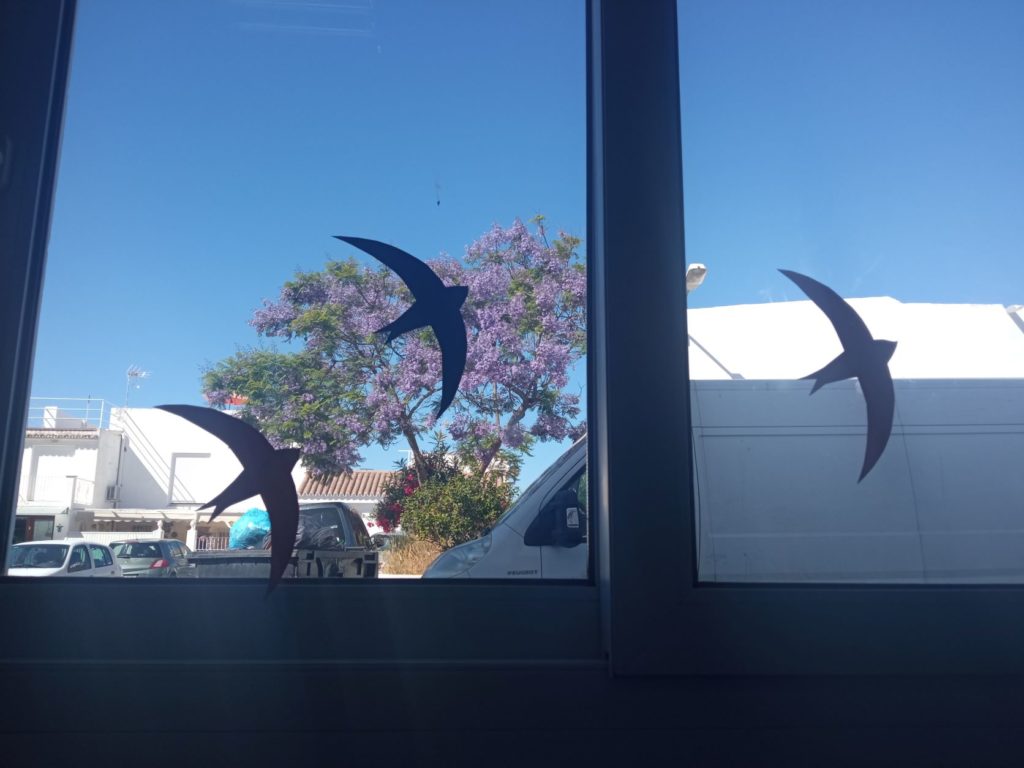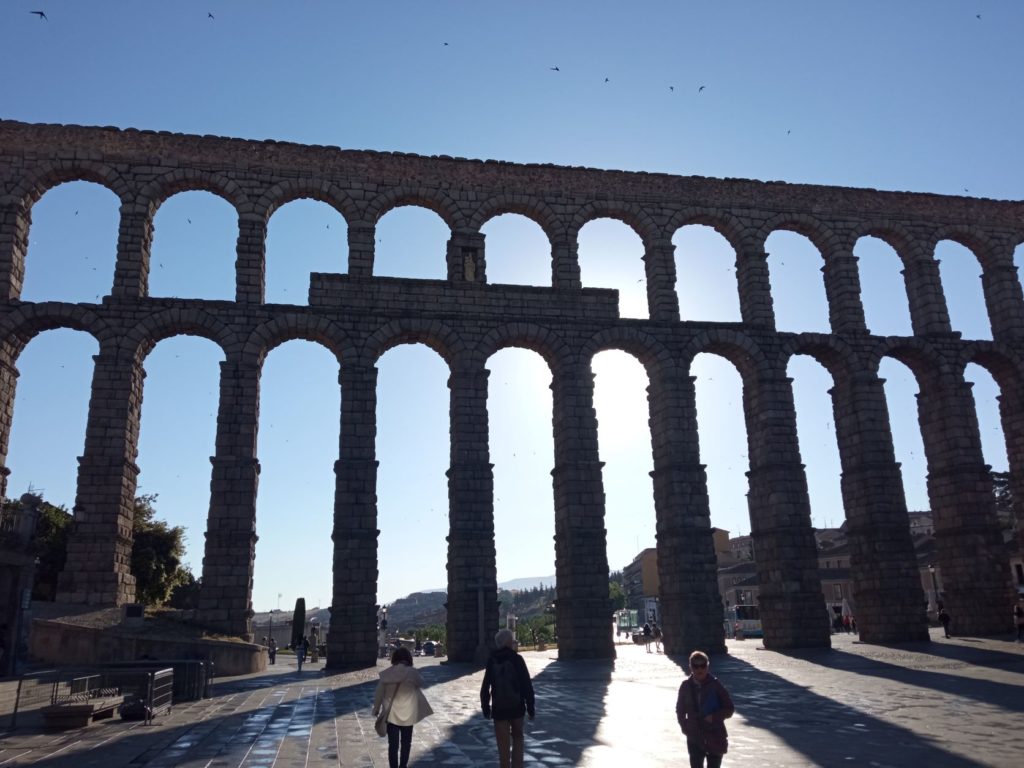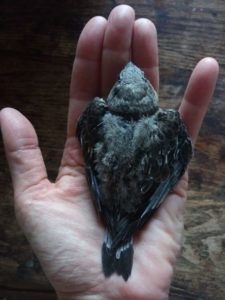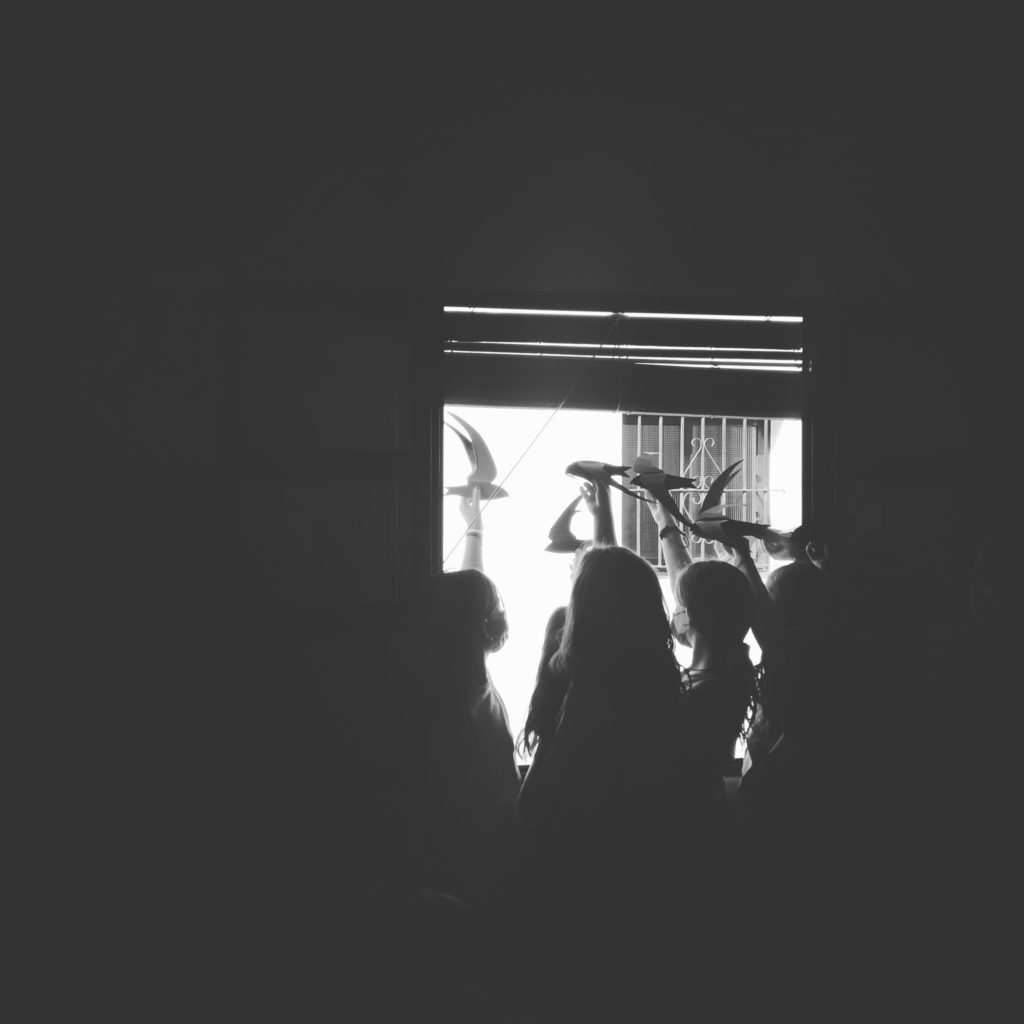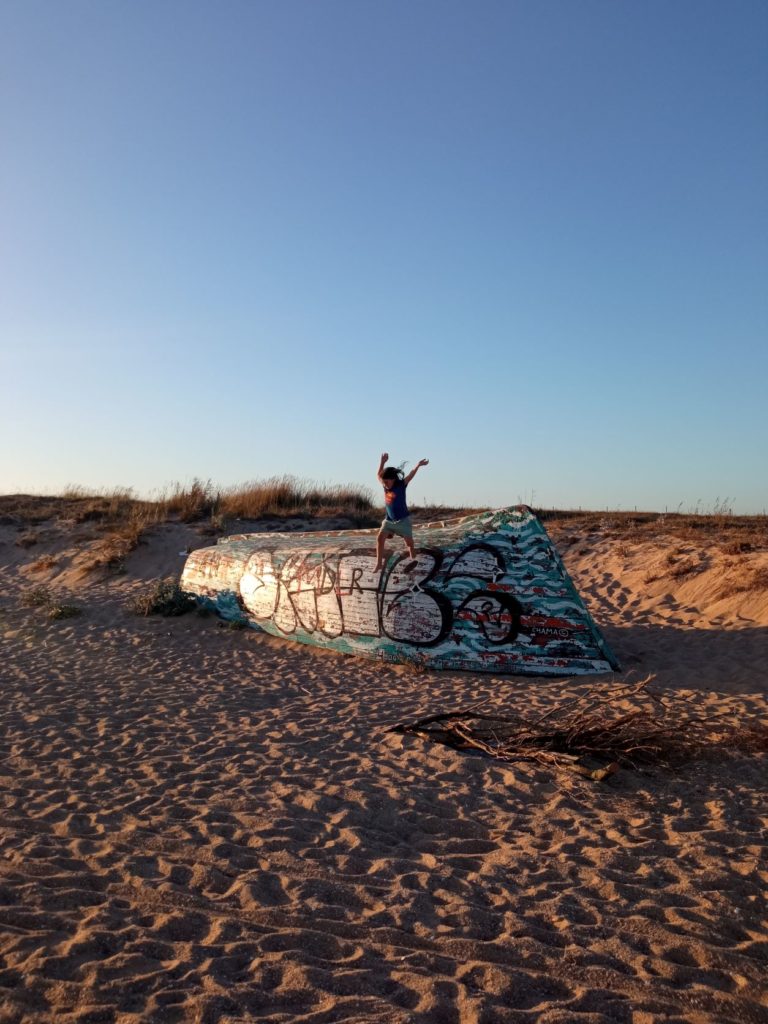
I was asked to participate in the “Save the Kentish plover” campaign. I didn’t know so much about the Kentish plover and I was very limited with time but as there was no one else in my local area to carry out the census I accepted the invitation. The Kentish plover is a ground nesting shore bird and being a ground nesting bird suffers from the impact of tourism to the beaches of Cadiz.
This was one of the species that did well as a result of the pandemic. People weren’t allowed to go to the beach for long periods, a time that coincided with the breeding season. Left undisturbed by people walking through dunes, dogs, quads and all the other threats, the kentish plover did rather well.
Still, this is a bird that has seen a 70% decline in numbers in Spain. Being widely distributed worldwide, the kentish plover is considered a species of least concern. However, it is considered vulnerable in Spain, because its coastal habitat and breeding area is under threat. Of eggs laid only a small percentage make it to hatching, most are trampled by unknowing humans or straying dogs. It is close to being lost from certain areas.
Interestingly in English the name Kentish plover comes from Kent, where the bird was once resident but has not been present for a long time, not there nor anywhere else in Britain now. I learned this and more about the kentish plover and the threats it faces. Mostly what I learned is what it is like to follow a bird through a season.



I committed to a minimum of a two weekly census of my local stretch of beach where the Kentish plover are present and breeding. Early in the year this meant bracing walks in the wind on empty virgin beaches. There is an area where a freshwater stream flows into the sea, there is a small lagoon area and there are always kentish plovers. My first encounters it were exciting, this small yet distinctive bird has a special charm. As time went by, I saw a drastic change in the same beach environment; the water in the pool reduced and there was an increasing presence of human activity as the weather got nicer; humans and dogs, quads, bikes and horses.
All this time I followed the bird. As the crowds grew on the beach I saw it dash between people. Mostly, it seemed to go unnoticed. Which can be a blessing and a curse. A blessing in that it can exist at the same time as this increased human activity. A curse because it’s nest is camouflaged, easily trodden. One time I came to the beach to find a chiringuito, a beach bar, right next to the once pretty natural lagoon, the most important habitat of the chorlitejo on this particular beach. A bar, with wooden walkways, loud music and people, lots of people, and their rubbish.
I became quite depressed by the plight of the Kentish plover. I had grown very fond of it. I couldn’t see how anything could be done to help it. No one is going to convince people to stop going to the beach in the heat of the Andalucian spring and summer. Tough job to convince people with dogs to keep them on their leash, they take them to the beach to run free. Signs warning that the dunes are a “sensitive habitat” seem to attract people, to hang their towels, sunbathe, picnic underneath. I despaired. I am witnessing extinction, I thought.


Then on one of my visits, an especially grim day, late evening, windy and hot, some party in the “Polo Club” on the beach, loud music, something decadent in the air, I saw two Kentish plover in the distance then I saw a tiny chick. I was astounded, one had made this far, despite it all. A glimmer of hope.
So whilst it seems futile sometimes there is hope. There is hope in raising awareness and education. The “Salvamos el chorlitejo patinegro” group which I am now part of works to bring awareness and educate people with travelling exhibition and workshops for schools. Different local groups in the province are linked, networked in collecting data with regular census of local populations. Local councils are asked to collaborate, to provide resources, to help by protecting certain areas where the birds are known to nest but often the help is too little or uncoordinated. The same council might put up a sign to warn people to take care with the chorlietjo but them “clean” the beach daily with tractors that scrape and rake the sand, destroying nests.
I am still processing what I learned through this experience. Processing and thinking about what other solutions can be implemted. Conservation can be complex.




